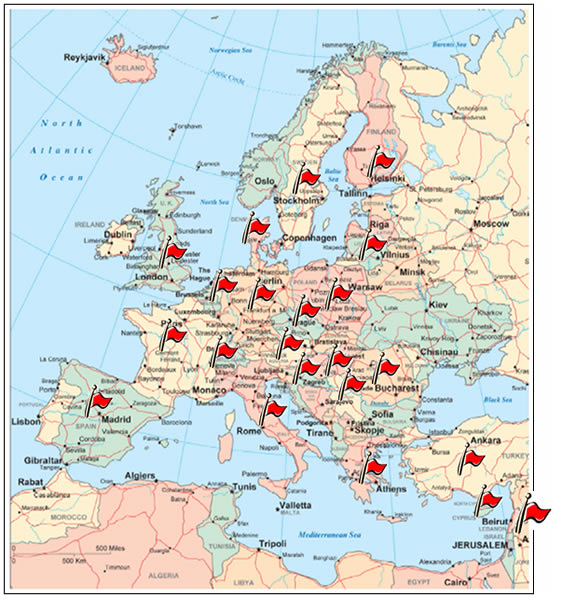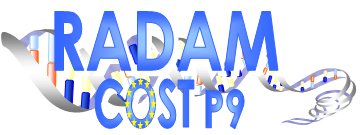INFORMACJE
RADIATION DAMAGE IN BIOMOLECULAR SYSTEMS 14.03.2003 COST Programme RADAM - Action P9 (2003-2007) The COST Action RADAM was established by the COST Physics Committee as its ninth Action Programme (P9) in 2002. Funded for 4 years it has been ratified by 14 European countries and was formally launched in November 2003. Its main objective is to obtain a detailed understanding of the fundamental interaction processes initiated by the deposition of various types of radiation in biological material Objectives and Benefits The main objective of this COST Action is to obtain a detailed understanding of the fundamental interaction processes for different types of incident radiation that occur from the initial deposition of radiative energy to the formation of radiation damage in biological material. This will be achieved by combining the wide range of complementary experimental and theoretical expertise available within the affiliated groups. A few selected prototypical bio-molecules will be used as relatively simple model systems in order to achieve the highest level of coherence in this joint venture. The information, expertise and new theoretical insights that will be obtained will then be applied to the study of more complex systems such as composite mixed clusters containing bio-molecules or e.g. plasmid DNA. The elucidation of fundamental energy transfer and coupling mechanisms, ionisation, charge transport and reaction behaviour that will be determined in this Action will in turn be used to develop models of the track structures in irradiated media. Such models can be used to determine a more reliable quantification of human epidemiological experience when humans are subject to low radiation doses in homes (e.g. local radon levels), in the workplace, in diagnostic medicine, or in transport (as caused e.g. by natural background radiation, primary and secondary cosmic rays in airplanes) or even by mobile phone use where currently there are no reliable experimental or epidemiological data available. • GRANTY |



